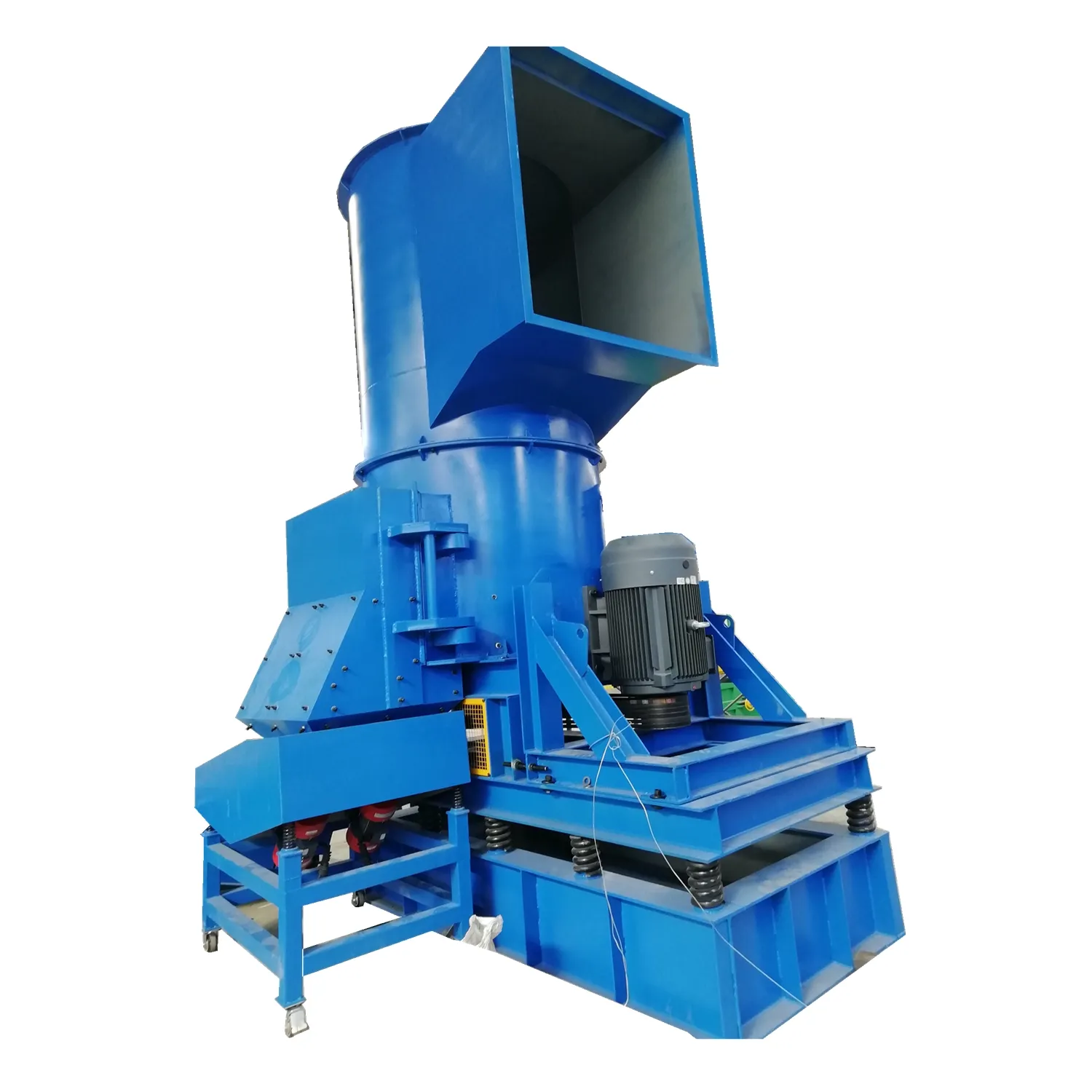

Aug . 21, 2024 14:00 Back to list
Understanding Shreddable Steel Scrap
Shreddable steel scrap refers to a specific category of metal waste that is generated from various industrial processes, construction activities, and appliance disposals. This type of scrap metal is termed shreddable because it can be processed through shredding machines, which break down larger pieces of metal into smaller, more manageable sizes. These smaller pieces can then be further processed and recycled, making shreddable steel scrap a valuable resource in the recycling industry.
Characteristics of Shreddable Steel Scrap
Shreddable steel scrap primarily consists of low-grade steel materials, including obsolete automobiles, white goods (like refrigerators and washing machines), scrap from construction sites, and industrial machinery. The defining characteristic of shreddable scrap is its physical form, which typically comes in large and complex shapes that may contain various metals and materials fused together. This scrap often arrives at recycling facilities in large quantities, requiring shredding to separate the steel from other components.
The shredding process involves using powerful machines that can handle tough materials. These machines shred the incoming scrap into small pieces, which are then separated according to their metal composition. During this process, ferrous (iron-containing) materials, non-ferrous metals, plastics, and other contaminants are divided, with steel being the primary focus. The resulting shredded metal is often sold as a commodity to steel mills and foundries, where it can be melted down and repurposed.
Importance of Recycling Shreddable Steel Scrap
Recycling shreddable steel scrap offers numerous environmental benefits. Steel is one of the most recycled materials in the world, and its recycling process significantly reduces energy consumption and greenhouse gas emissions compared to producing new steel from iron ore. In fact, recycling just one ton of steel can conserve approximately 1.5 tons of iron ore, 1 ton of coal, and 0.5 tons of limestone.

Moreover, recycling steel scrap also aids in reducing the need for mining and extracting new raw materials, preserving natural resources, and minimizing environmental disruption caused by mining activities. This makes recyclers and processors of shreddable steel scrap essential players in the pursuit of a more sustainable and circular economy.
Challenges and Innovations
However, recycling shreddable steel scrap is not without its challenges. The process requires advanced technology and significant investment in machinery and labor. Additionally, the presence of contaminants such as plastics, oils, and non-metal materials can complicate the recycling process, leading to lower-quality recycled steel products if not properly managed.
Innovations in shredding technology and sorting processes are being developed to improve the efficiency and effectiveness of scrap recycling. Modern shredders equipped with advanced sensors can better identify and separate different materials, increasing the purity of the final shredded steel. Furthermore, initiatives to educate industries about responsible disposal and recycling practices are helping improve the quality and quantity of shreddable steel scrap entering recycling facilities.
Conclusion
In summary, shreddable steel scrap plays a crucial role in the recycling industry and contributes significantly to sustainable metal production. The ability to efficiently process and recycle this material underscores the importance of advanced recycling technologies and responsible waste management practices. By understanding the value of shreddable steel scrap and promoting its recycling, industries and consumers alike can contribute to a more sustainable future, reducing waste and conserving valuable resources. Recycling steel is not just an environmental necessity; it is also an opportunity to foster economic growth and sustainability in our communities.
Latest news
Troubleshooting Common Eddy Separator Problems
NewsJul.04,2025
The Role of Metal Recycling Plants in Circular Economy
NewsJul.04,2025
The Impact of Recycling Line Pickers on Waste Management Costs
NewsJul.04,2025
Safety Features Every Metal Shredder Should Have
NewsJul.04,2025
How Industrial Shredders Improve Waste Management Systems
NewsJul.04,2025
How Cable Granulators Contribute to Sustainable Recycling
NewsJul.04,2025